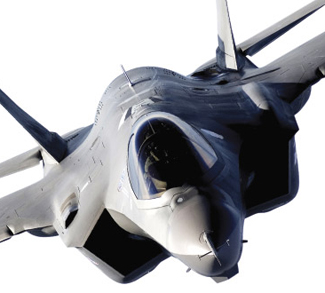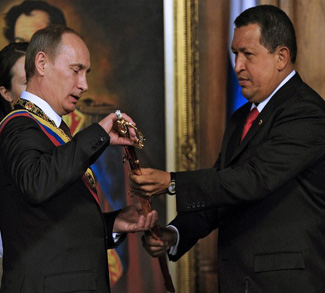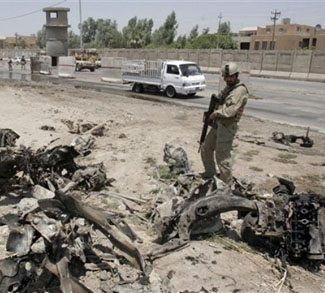The government of Canada recently announced a plan to purchase 65 Lockheed Martin F-35 Lightning II Joint Strike Fighter aircraft.
From the Northrop F-5 Freedom Fighters in the late 1960s to the McDonnell-Douglas F-18 Hornets of the mid-1980s, combat aircraft procurement policies have not been without controversy in Canada. As was the case with the F-5s and the F-18s, the controversy surrounding the F-35s revolves around the bidding process that culminated in the purchase and disagreement over whether the aircraft is the appropriate fit for the operations the Canadian Air Force is likely to face in today’s security environment.
While the United States is Lockheed’s principal customer, the Joint Strike Fighter project is a multinational partnership with financing coming from Australia, Denmark, Italy, the Netherlands, Norway, Turkey, and the United Kingdom. The opposition’s pledge to freeze the contract may have implications for the program’s other participants.
The Washington Post reported that Ottawa’s purchase announcement is well-timed because costs and delays are causing support for the Joint Strike Fighter program to wane in partner countries. The Netherlands and Denmark are debating the program’s worth and controversy over costs has even dogged the F-35 in Washington.
In Ottawa the opposition Liberal party is critical of the sole-sourcing of the contract. The New York Times reports that Boeing, the manufacturer of an F-18 upgrade, and the European consortium that is manufacturing the Eurofighter Typhoon, expressed interest in supplying the Canadian Air Force with its next generation of combat aircraft.
Critics also question whether the jet is suitable for Canadian Forces operations. The government’s view is that the Joint Strike Fighter is effective for all three of the Canadian Forces’ commitments — national surveillance and control, North American air defence, and international operations. The defence critic of the New Democratic Party questioned the value of a jet as sophisticated as the F-35 when the country no longer faced an external military threat akin to the Soviet Union. The same report also asked how the single-engine aircraft would fare on missions in Canada’s Arctic against the Air Force’s existing fleet of twin-engine CF-18s.




